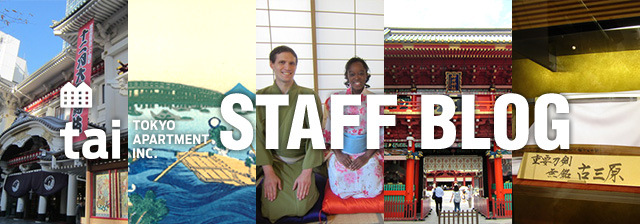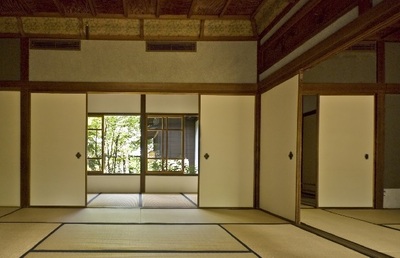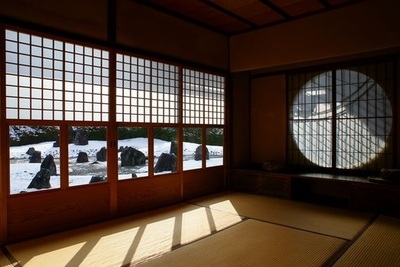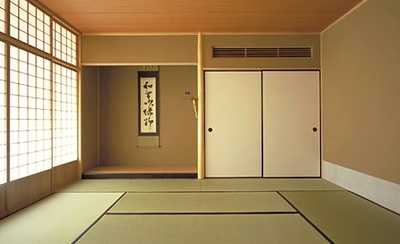STAFF BLOG
Tokyo Apartment Inc is pleased to bring to the market to rent this charming Japanese style four bed room house located in a very quiet corner in Yayoicho, Nakano. The property is well located for the amenities and transport links of Nishi-Shinjuku 5 chome station and Nakano-Sakaue station.
Property features
★Traditional Japanese Style House
★Over 100m2
★Ample Storage and Closets
★Exclusive Garden
★Brand New Kitchen and Gas stove
★Ample Natural Light
More detail as below:
For more information about this property. Please contact Seiya, Tokyo Apartment Inc.
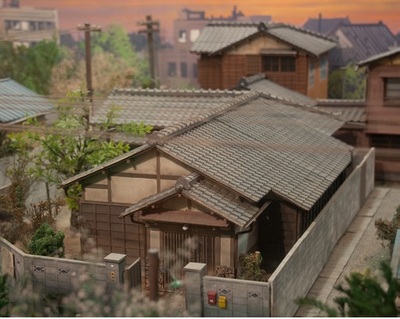
Here is a brief introduction of a Japanese traditional house:
Yoshida Kenko, 【吉田兼好】(1284-1350) was a Japanese well-known writer and poet-monk. His most admired work is Tsurezuregusa 【徒然草】 : Essays in Idleness, one of the most studied works of medieval Japanese literature. In this book 【徒然草】: Essays in Idleness, he declared that " a house should be built in with summer in mind ". Simply because, it is extremely high-temperature and humid in summer in Japan. The basic design concept is lowering the temperature and humidity as much as possible, so that a Japanese traditional house in Tokyo in particular seems to be very open-plan design. And the size of a room can be changed by altering partitioning.
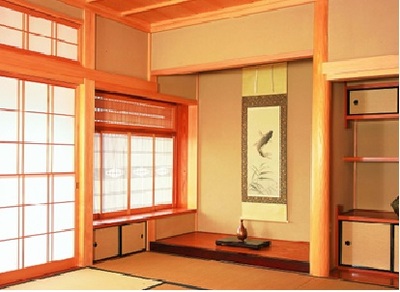
Large traditional houses often have only one living room /space under the roof, while kitchen, bathroom,and toilet are attached on the side of the house as extensions.
Partitions within the house are created by Fusuma 【襖】, sliding doors made from thick wood and paper stretched over a wooden frame to give rooms more privacy, and also Fusuma 【襖】 are portable and easily removed.
On the edge of a house are wooden floored passages, Roka 【廊下】 in Japanese, that are similar to hallways. Passage and living room are partitioned by Shoji 【障子】、sliding and portable doors with wooden latticework which is built into a rectangular wooden frame. Japanese paper pasted on the latticework allows gentle sunlight to penetrate it.
Traditional Japanese style rooms come with a unique interior design that includes Tatami 【畳】mats as flooring. A tatami is made of bundled straw and covered with tightly woven rushes called igusa 【藺草】. Tatami style dates back to the Muromachi Period 【室町時代】(1336-1575). Originally a luxury that only the wealthy could afford, Tatami gradually became more common and can now be found in virtually all traditional Japanese homes. Tatami mats give off a lovely scent, especially on rainy or humid days. Increasingly rare in modern Japanese interiors, Tatami deserves to be considered as a potential material in all homes. Tatami mats work well with the unique climate of Japan. The mats evidently help regulate interior humidity. Despite the decline in usage, Tatami is still a part of Japanese national identity.
Thank you very much.
Seiya Kato
Categories
- Customer Interviews(11)
- Details of 'Highly recommended' List(114)
- Tokyo Culture Guide(61)
- Staff Diary(10)
Recent posts
- Flat for Sale in Yokohama SK0017 横浜
- Flat in Tsukishima SK0016 月島
- Flat in Kagurazaka SK0015 神楽坂
- Flat in Akishima SK0014 昭島
- Flat in Shinjuku SK0012 新宿
- Flat in Toshima SK0011 豊島
- Flat in Hanzomon SK0010 半蔵門
- Flat in Tsukishima SK0009 月島
- Flat in Yoyogi SK0008 代々木
- Flat in Okachimachi SK0007 御徒町
Calendar
October
| M | Tu | W | Th | F | Sa | Su |
|---|---|---|---|---|---|---|
| 1 | 2 | 3 | 4 | 5 | 6 | 7 |
| 8 | 9 | 10 | 11 | 12 | 13 | 14 |
| 15 | 16 | 17 | 18 | 19 | 20 | 21 |
| 22 | 23 | 24 | 25 | 26 | 27 | 28 |
| 29 | 30 | 31 |
Archive
- October 2023
- September 2023
- August 2023
- July 2023
- June 2023
- May 2023
- April 2023
- March 2023
- February 2023
- January 2023
- November 2022
- October 2021
- September 2021
- August 2021
- July 2021
- June 2021
- February 2021
- November 2020
- October 2020
- August 2020
- February 2020
- December 2019
- October 2019
- July 2019
- June 2019
- May 2019
- April 2019
- March 2019
- February 2019
- February 2018
- September 2017
- August 2017
- July 2017
- February 2017
- January 2017
- December 2016
- November 2016
- October 2016
- September 2016
- August 2016
- July 2016
- June 2016
- May 2016
- April 2016
- March 2016
- February 2016
- January 2016
- December 2015
- November 2015
- October 2015
- September 2015
- August 2015












